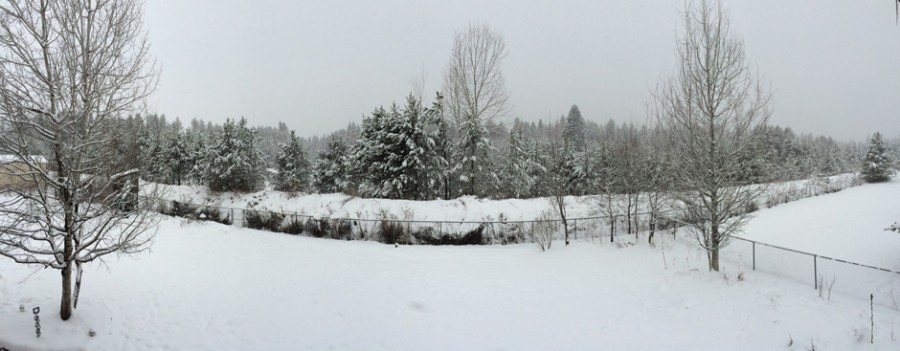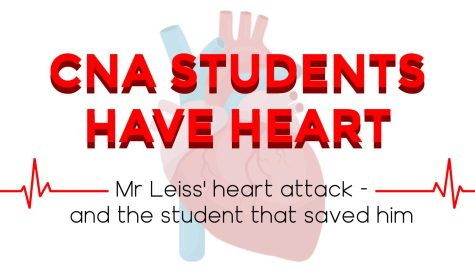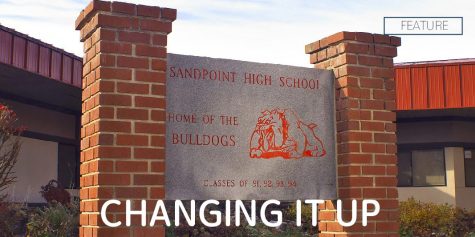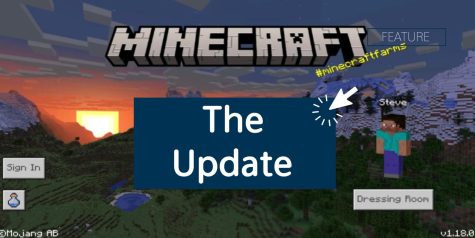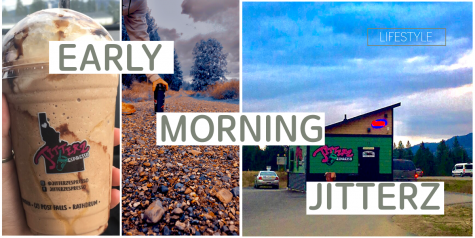WINTER WEATHER WOES
THIS PHOTO WAS TAKEN ON JANUARY 4. SINCE THEN, SEEING A BLANKET OF SNOW HAS BEEN RARE IN SANDPOINT.
Even though winter is technically underway, many Sandpoint High School skiers and snowboarders are disappointed by the results. However, as reported by the National Oceanic and Atmospheric Administration (NOAA) in 2014, this year is likely an El Niño cycle. Lighter snow years are typical in El Niño seasons, as is the case right now.
So, the question remains: what is the difference between El Niño and its counterpart, La Niña, and what does that mean for snowfall in Sandpoint?
According to NOAA, the El-Niño Southern Oscillation (ENSO) is a cycle
of temperature changes in the ocean water and atmosphere in the east-central Equatorial Pacific. El Niño occurs when the temperature of the ocean water is warmer than average, which in turn causes the overall atmospheric temperature to be warmer as well in that area.
These changes in temperature can actually affect global ones as well, causing areas of the Pacific Northwest, West Coast, and Northeastern United States to experience drier winters, and areas of the Gulf to experience wetter winters.
Warmer ocean temperatures developed sometime this fall, though “a 67 percent chance of development by the end of the year” was predicted, according to NOAA in an Oct. 16 report. This likelihood depends on both the ocean and the atmosphere, and when these conditions occur, the Pacific Northwest experiences a drier, and warmer winter, which has not happened since 1998. Of course, this means that snowfall will likely be lower than average.
The counterpart to El Niño is La Niña, which develops when the ocean temperatures are cooler than average and result in wetter, colder winters. The most recent La Niña occurred in 2011-12, and since then, winters have been of average intensity in Sandpoint.
“The snow base at Schweitzer will be lower, but we are still going to have a great winter,” said Gavin Klein, a junior at Sandpoint High School before the ski season began, “there will still be awesome powder days, just the overall snowfall won’t be as high as last year.”
On the other hand, sophomore Elizabeth Parsley said “[I’m] pretty upset. I love skiing and I didn’t get to ski last season so I was hoping this year would be a good year.”
“[I’m] pretty upset. I love skiing and I didn’t get to ski last season so I was hoping this year would be a good year.”
— Elizabeth Parsley
For skiers and snowboarders alike, although it is unlikely this winter will result in large amounts of snow, the possibility of powder days still looms as a hopeful expectation.

Sarah Wells is a senior and is News Editor (first semester) and Photo Editor (year-long) for the Cedar Post. This is her second year on staff.


